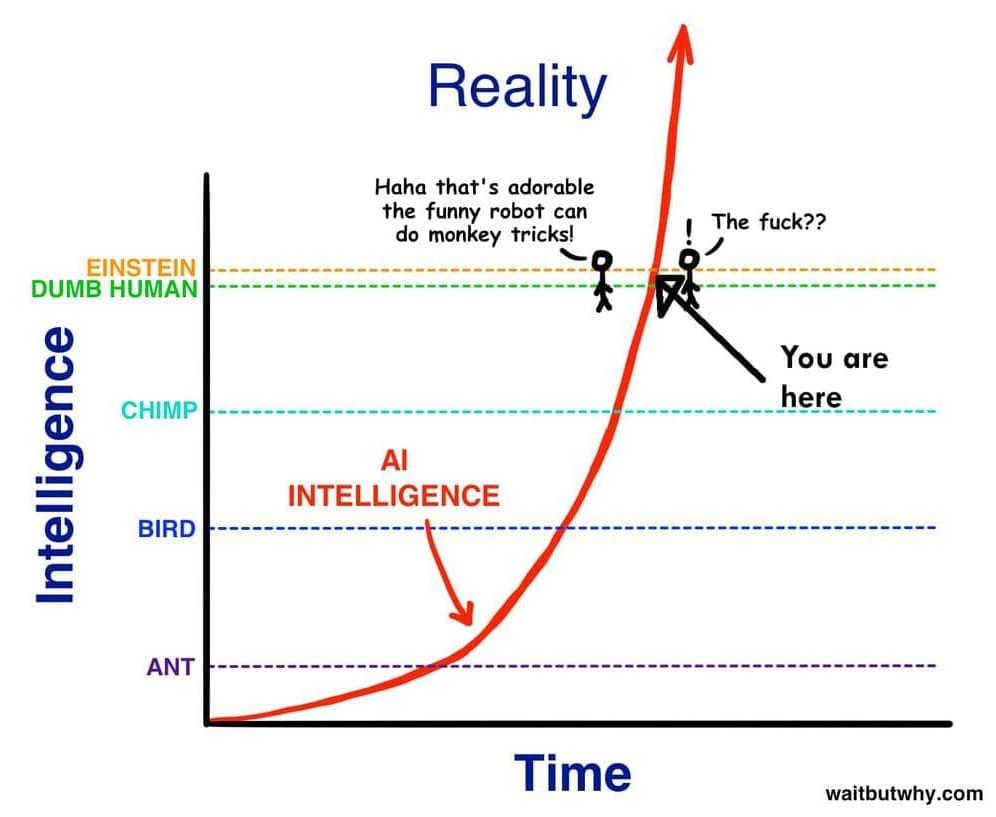The Memo: https://lifearchitect.ai/memo/
Demo site: https://muse-model.github.io/
Read the paper: https://arxiv.org/abs/2301.
Dr Alan D. Thompson is a world expert in artificial intelligence (AI), specialising in the augmentation of human intelligence, and advancing the evolution of ‘integrated AI’. Alan’s applied AI research and visualisations are featured across major international media, including citations in the University of Oxford’s debate on AI Ethics in December 2021.
Music:
Under licence.
Liborio Conti — Looking Forward (The Memo outro)
https://no-copyright-music.com/




